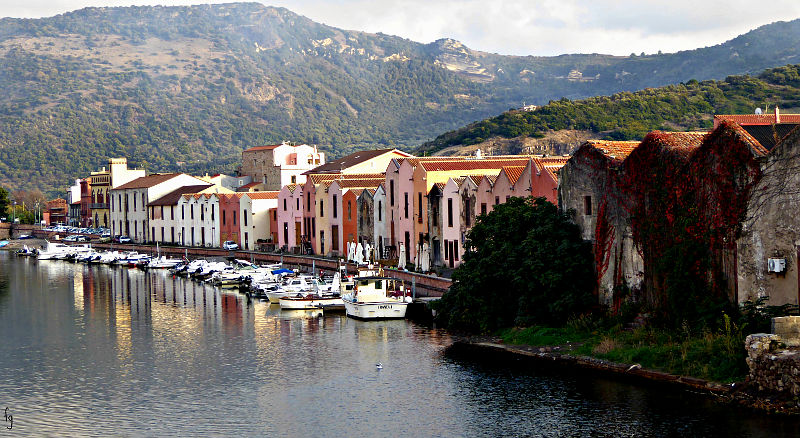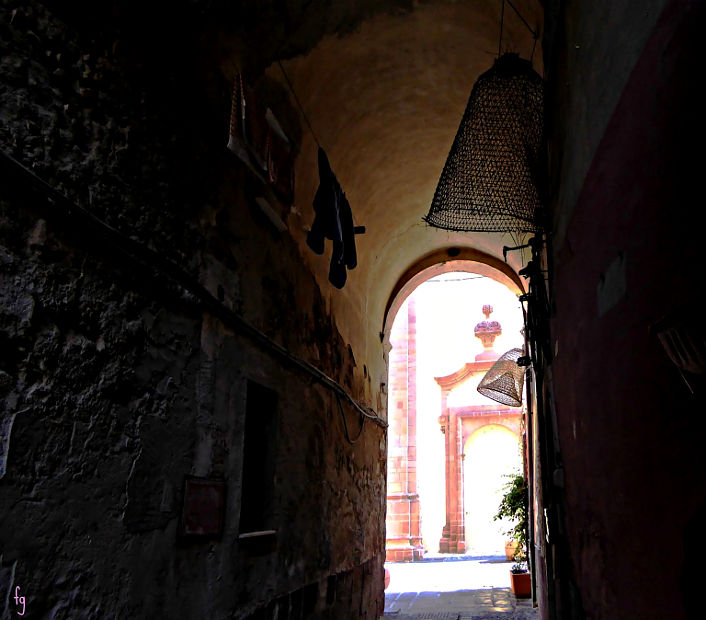 borgo-italiagli speciali |


|
|
| Bosa, il borgo colorato sulle rive del Temo (Bosa (OR) - Sardegna) |
| testi di: borgo-italia [solo desktop] - foto di: Francesca Giona |






























 borgo-italiagli speciali |


|
|
| Bosa, il borgo colorato sulle rive del Temo (Bosa (OR) - Sardegna) |
| testi di: borgo-italia [solo desktop] - foto di: Francesca Giona |

































|
|
|||||||||||||||||||||||||||||||||||
Bosa, il borgo colorato sulle rive del Temo |
|||||||||||||||||||||||||||||||||||
|
La nostra amica Francesca non finisce mai di stupirci mostrandoci suggestivi angoli della sua regione. Il paese noto per la lavorazione del corallo, per la lavorazione dei tessuti, per i ricami di filet e per i cesti intrecciati, appartiene ad un territorio rinomato per la tradizione enogastronomica e per la qualità dell’olio e dei vini, tra cui la Malvasia che può fregiarsi del marchio DOC, vino dall’aroma molto delicato e caratteristico con un lieve retrogusto amarognolo, che si accompagna con l’aragosta, altro prodotto principe di queste coste. |
|||||||||||||||||||||||||||||||||||
|
|||||||||||||||||||||||||||||||||||
|
Un po’ di storia: Una nota: Per saperne di più: Si ringrazia la nostra amica Francesca per le belle immagini che ci ha permesso di pubblicare |
|||||||||||||||||||||||||||||||||||
|
testi di: borgo-italia [solo desktop] foto di: Francesca Giona Sardegna 3 - data di pubblicazione: 10-11-2016 |
|||||||||||||||||||||||||||||||||||